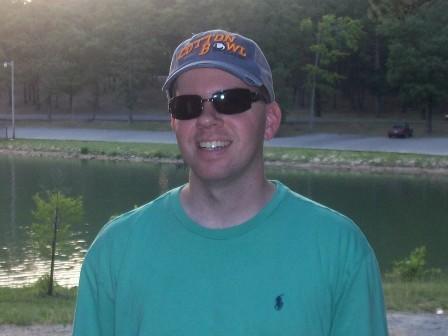Andy Sullivan: Against the Grain
Halloween is upon us! Halloween’s origins date back to the ancient Celtic festival of Samhain (pronounced sow-in). The Celtics, who lived 2,000 years ago, mostly in the area that is now Ireland, the United Kingdom and northern France, celebrated their new year on November 1.
www.history.com goes deeper into the ancient Celtic festival of Samhain. During this, people would light bonfires and wear costumes to ward off ghosts. In the 8th century, Pope Gregory III designated November 1 as the time to honor all saints. Soon, All Saints Day incorporated some of the traditions of Samhain. The evening before was known as All Hallows Eve, and later Halloween. Over time, Halloween evolved into a day of activities like trick-or-treating, carving jack-o-lanterns, festive gatherings such as Halloween parties and trunk or treat, donning costumes and, most importantly, eating treats.
This day marked the end of Summer and the harvest and the beginning of the dark, cold sinter, a time of year that was associated with human death. Celts believed that on the night before the new year, the boundary between the worlds of the living and the dead become blurred. On the night of October 31 they celebrated Samhain, when it was believed the ghosts of the dead returned to earth. In addition to causing trouble and damaging crops, Celts thought that the presence of otherworldly spirits made it easier for the druids, or Celtic priests, to make predictions about the future. For a people completely dependent on the volatile natural world, these prophesies were an important source of comfort during a long, dark winter.
To commemorate the event, druids built huge sacred bonfires where the people gathered to burn crops and animals as sacrifices to the Celtic deities. During the celebration, the Celts wore costumes, typically consisting of animal heads and skins.
Here’s a little Halloween trivia: did you know that one quarter of all the candy sold annually in the U.S. is purchased for Halloween?
The celebration of Halloween was extremely limited in colonial New England because of the rigid Protestant belief systems there. Halloween was much more common in Maryland and the southern colonies.
Did you know that more people are buying costumes for their pets? Americans spent $490 million on costumes for their pets in 2019-more than double what they spent in 2010. Do you know the history of trick or treating? Borrowing from European traditions, Americans began to dress up in costumes and go house to house asking for food and money, a practice that eventually became today’s “trick or treat” tradition. Young women believed that on Halloween they could divine the name or appearance of their future husband by doing tricks with yarn, apple pairings or mirrors.
In the late 1800’s, there was a move in America to mold Halloween into a holiday more about community and neighborly get-togethers than about ghosts, pranks and witchcraft. At the turn of the century, Halloween parties for both children and adults became the most common way to celebrate the day.
There have been and continue to be tons of Halloween movies. The Halloween franchise, based on the 1978 original film directed by John Carpenter and starring Jamie Lee Curtis, Donald Pleasance and Nick Castle-a young boy named Michael Myers murders his sister and is committed to jail, only to escape on Halloween night. The 12th in the series, called Halloween Kills, was released this year. This inspired the films Scream, Nightmare on Elm Street and Friday the 13th. More family-friendly films include Hocus Pocus, Nightmare Before Christmas, Beetlejuice and the tv special I’t The Great Pumpkin, Charlie Brown. (www.history.com)
Whatever you do to celebrate, have fun with it. For instance, my church is having a trunk-or-treat Sunday. Have a safe and fun Halloween and I’ll be right back here next week.



























